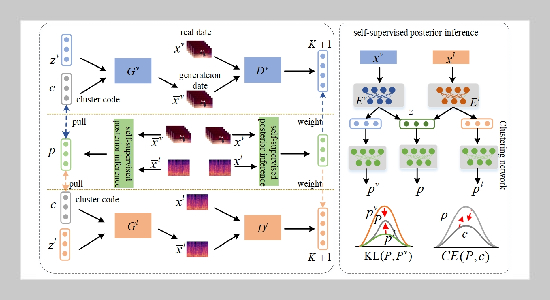Yanfeng Wang1, Jinfeng Wang2, and Weirong Zhang2This email address is being protected from spambots. You need JavaScript enabled to view it. 1School of Mechanical and Electrical Engineering, Weifang Vocational College, Weifang, 262737, China 2School of Information Engineering, Weifang Vocational College, Weifang, 262737, China
Received:
July 14, 2024
Copyright The Author(s). This is an open access article distributed under the terms of the Creative Commons Attribution License (CC BY 4.0), which permits unrestricted use, distribution, and reproduction in any medium, provided the original author and source are cited.
Accepted:
August 24, 2024
Publication Date:
September 11, 2024
Download Citation:
||https://doi.org/10.6180/jase.202506_28(6).0014
Cross-view image clustering (CIC) showcases immense potential in recognizing image patterns due to the power to aggregate information between views without labels. However, most CIC ignore intricate coupling relationships between category and redundant features in aggregating complementary information of cross-view images, which may restrict performance in recognizing patterns of images. To this end, a cross-view mutual information decoupling based deep generative clustering approach is proposed for recognizing image patterns (DMID-UIC), which contains information maximization deep generative module and self-supervised posterior inference module. Specifically, the former maximizes the mutual information between data and semantics within the generative adversarial network to decouple category and redundant features hidden in cross-view images, which guarantees the separation of different semantic distributions in the data space. The latter models the distribution fitting between generated data and the prior semantic code as a classification task, via treating partitioning results of common representations between views as self-supervised labels. Meanwhile, to better optimize the model, an EM optimization strategy is designed to enhance the above two module learning in an iterative manner. Finally, comprehensive results verify the superiority and effectiveness of DMID-UIC. DMID-UIC improves ACC by 10.1% on the Caltech 101-7 dataset, compared to the second-best result.
Keywords:
Unsupervised image clustering; mutual information decoupling; deep cross-view learning
















